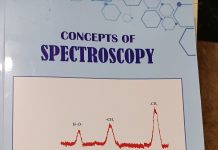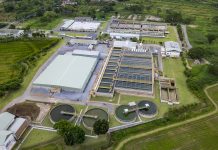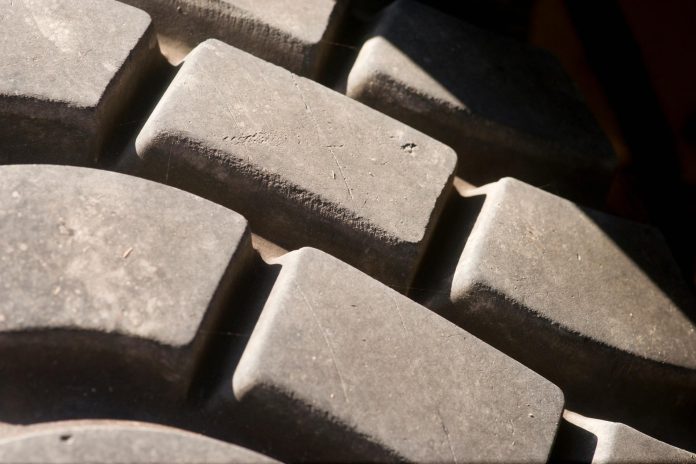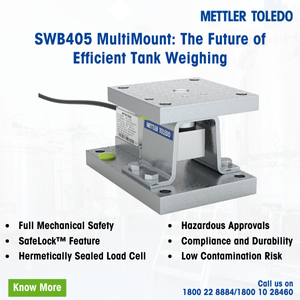In its efforts to advance chemical recycling, Neste has successfully conducted its first processing trial run with a new challenging raw material, liquefied discarded tires. In the processing run, Neste produced high-quality raw material for new plastics and chemicals.
For the processing run, Neste sourced pyrolysis oil derived from discarded vehicle tires by Scandinavian Enviro Systems, a Swedish company developing technologies to recover materials from end-of-life products. The goal of Neste’s pilot run was to evaluate the potential of chemical recycling beyond plastic waste to potentially broaden the pool of waste streams that could be processed into high-quality products.
Just as with hard-to-recycle plastic waste, a large amount of tires today ends up in landfills or incineration at the end of their life cycle. The composition of tires as a mix of several materials makes them difficult to recycle with mechanical recycling methods. Hence, there is a strong case for using chemical recycling to help keep valuable materials in circulation – and Scandinavian Enviro Systems has developed a pyrolysis technology for extracting carbon black and oil from end-of-life tires.
“The beauty of chemical recycling is that it can process hard-to-recycle plastic waste. But it’s not limited to that,” explained Andreas Teir, who is in charge of Neste’s raw materials supply for chemical recycling. Teir added, “With discarded tires currently often facing a fate similar to plastic waste, we consider chemical recycling a valid addition when it comes to changing the linear life cycle of tires into a circular one. Thanks to our supplier Enviro Systems, we were able to prove that with our recent processing run”.
As per the press release, in the past, Neste has successfully concluded several processing runs with liquefied waste plastic. These runs built the basis for Neste’s decision to invest into large-scale capacities for chemical recycling at the company’s site in Porvoo, Finland. The facilities being built are expected to be finished in the course of 2025 and will be able to process 150,000 tons of liquefied waste plastic per year. They are part of project PULSE, which is funded by the European Union through the EU Innovation Fund.































